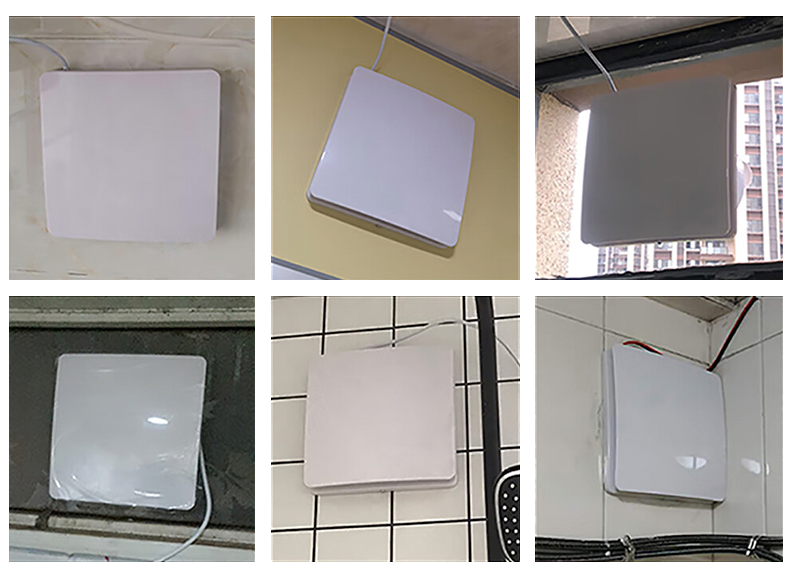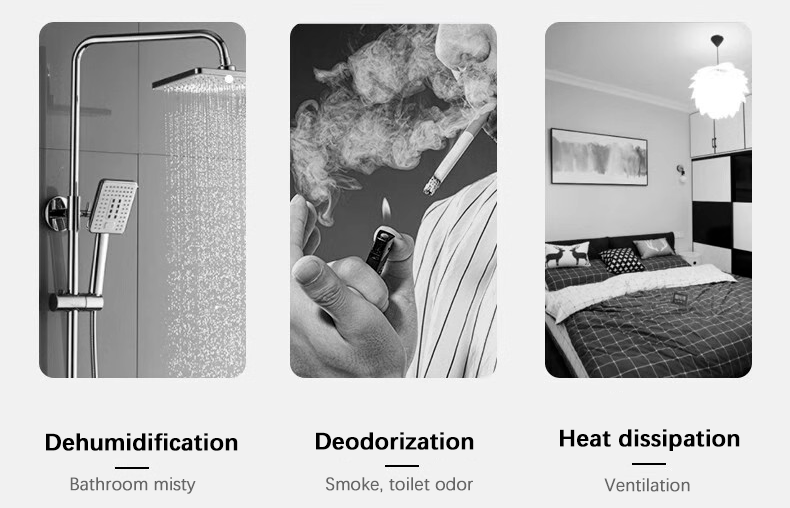Ventilation air grille diffuser
air vent manufacturer since 2002
 Vairtech
Vairtech  2025-04-28
2025-04-28
Exhaust fans work by creating a negative pressure inside a room, which draws out stale air and pulls in fresh air from outside. The fan consists of a motor, blades, and a housing frame. The motor drives the blades, which rotate at high speeds. The housing encloses the motor and blades and directs the airflow in a specific direction. When the fan is turned on, the blades start rotating, creating a suction force. This suction force pulls the air from the room towards the fan. The air then passes through the blades, which push it out of the fan and into the duct leading to the outside. The motor continues to run until the air inside the room is replaced with fresh air.

Benefits of Exhaust Fans

Exhaust fans offer numerous benefits, including:
Improved ventilation: By removing stale air, pollutants and moisture, exhaust fans can improve the ventilation inside a room. This can prevent the buildup of harmful substances like mould, mildew, and bacteria, which can cause respiratory problems.
Reduced humidity: Exhaust fans are potentially effective at removing moisture from bathrooms and kitchens, preventing the growth of mould and mildew.
Energy efficiency: Exhaust fans help up the ventilation game and consume much less power than the other types of fans, thereby being an energy-efficient option aiding in regularising the ventilation.
Increased comfort: Exhaust fans help to regulate the temperature and humidity of a room, making it more comfortable for occupants.
Choosing the Right Exhaust Fan for Your Space
With various types and sizes available, it is essential to consider specific factors to ensure the fan meets the requirements of the room. Here are some tips to help you make the right choice:
Determine the room size
The size of the room directly impacts the airflow needed for proper ventilation. Measure the square footage of the space and choose an exhaust fan that can exchange the air in the room at least 8 to 10 times per hour. Refer to the fan's airflow capacity, usually measured in cubic feet per minute (CFM).
Identify the purpose
Different spaces have different ventilation needs. Consider the specific purpose o\f the room. For kitchens and bathrooms, prioritise fans with higher CFM as they can handle moisture and odours effectively. In less active spaces like storage rooms, fans with lower CFM may suffice.
Types of exhaust fans
There are various types of exhaust fans, including ceiling-mounted, wall-mounted, and inline fans. Choose the type that best suits the room's layout and requirements. Ceiling-mounted fans are ideal for centralised airflow, while wall-mounted or inline fans may be more discreet and suitable for specific applications.
Noise level
The noise produced by the exhaust fan can be a crucial factor, especially in residential settings. Look for fans with lower noise ratings for quieter operation. Also, these noise ratings may influence the cost of the exhaust fan. Typically, quieter fans tend to be more expensive.
Energy efficiency
Opting for an energy-efficient exhaust fan can contribute to long-term cost savings. Check for fans with the ‘Energy Star’ label or those equipped with features like variable speed controls and timers. These features not only save energy but also enhance the fan's overall efficiency.
Takeaway
By understanding how exhaust fans work and choosing the right one for your space, you can ensure clean air within your living space. When it comes to choosing an exhaust fan, you can consider Vairtech for its reliable, efficient and durable fans. With the wide range of exhaust fans, featuring automatic shutters, rust-proof metal bodies and aerodynamic blades, you can be assured of a quality product. Our exhaust fans will efficiently ventilate your space and enhance your living experience.
Do not compromise on your health and comfort – choose Vairtech exhaust fans today!